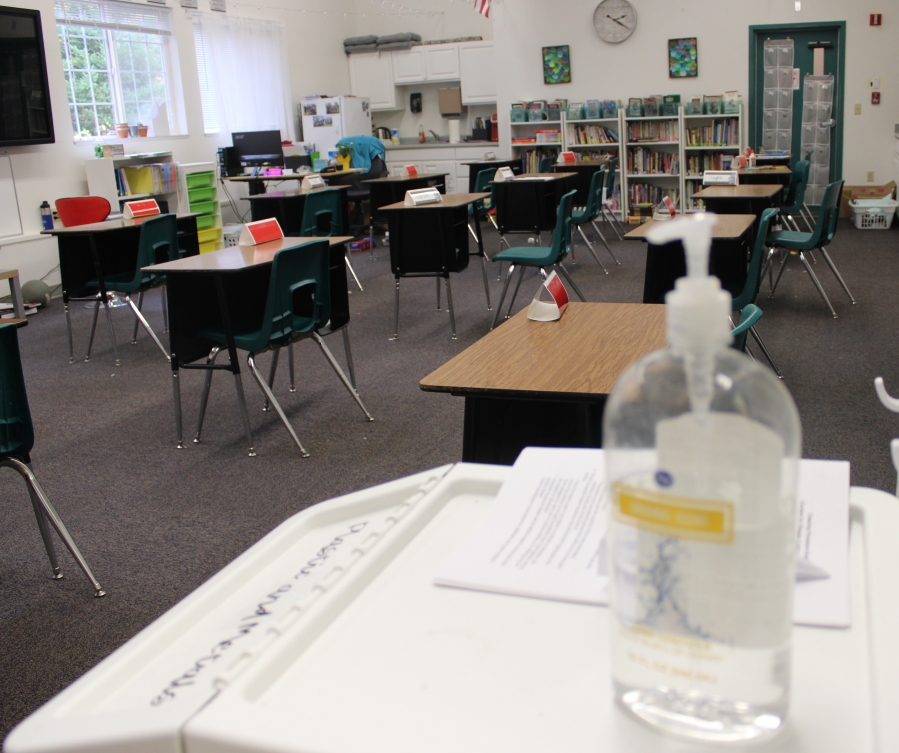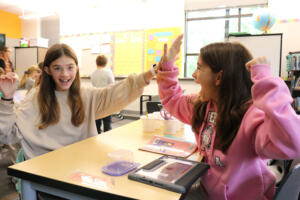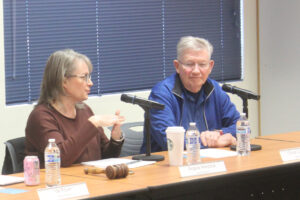A decal of a lemon tree adorns the wall next to the main office at Riverside Christian School (RCS), catching the eye of people as they walk through the front door. Above the tree hangs the four words that have been adopted by the Washougal education provider as its theme for the 2020-21 school year: Making lemons into lemonade.
“Each classroom will have a stack of paper lemons,” said RCS principal Tami Wright. “When someone sees a student doing something that shows that they’re working past their issue to create something positive, they will write the person’s name and what they did on (a lemon) and put it on the tree. Then at the end of the week we put them all in a little basket and I’ll read them out loud to the whole school, and everybody celebrates the cool things that people are doing.”
In other words, RCS students and teachers are trying to make the best out of less-than-ideal situations, a fitting mindset for a school year that is sure to present students and teachers with a variety of challenges.
RCS, a small, private school affiliated with Washougal’s Seventh Day Adventist Church, opened for in-person educational services on Sept. 8 after finishing the 2019-20 school year with remote learning due to the outbreak of COVID-19.
“I think all my kids were so excited to connect to all their new friends and have that in-person instruction again because it’s so much easier,” said Kristina Richards, RCS’ business manager and mother of three students. “Parents are not teachers. They do the best they can, but I feel like kids don’t have as much respect for their parents (in a teaching role) as they do for their teachers.”



